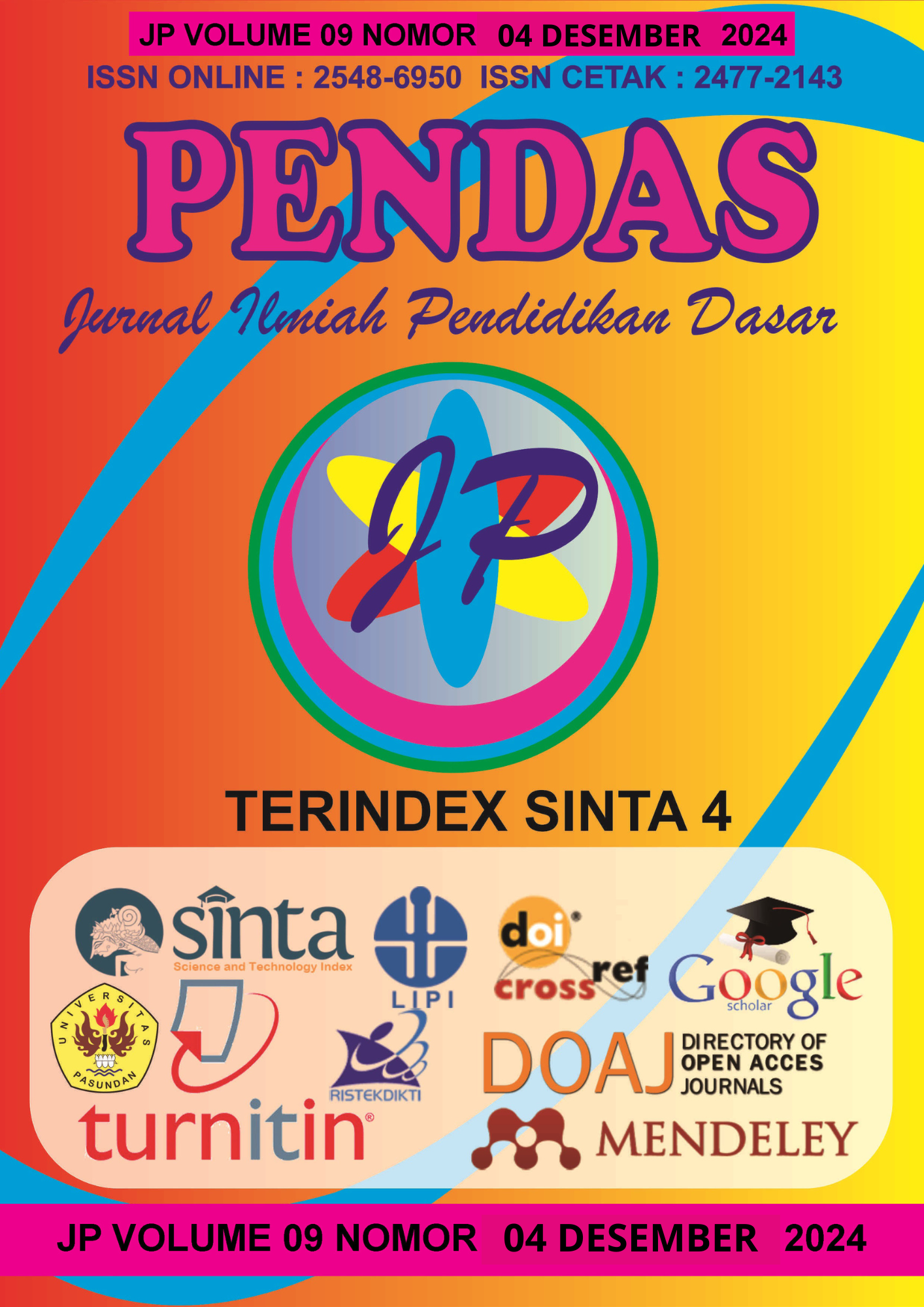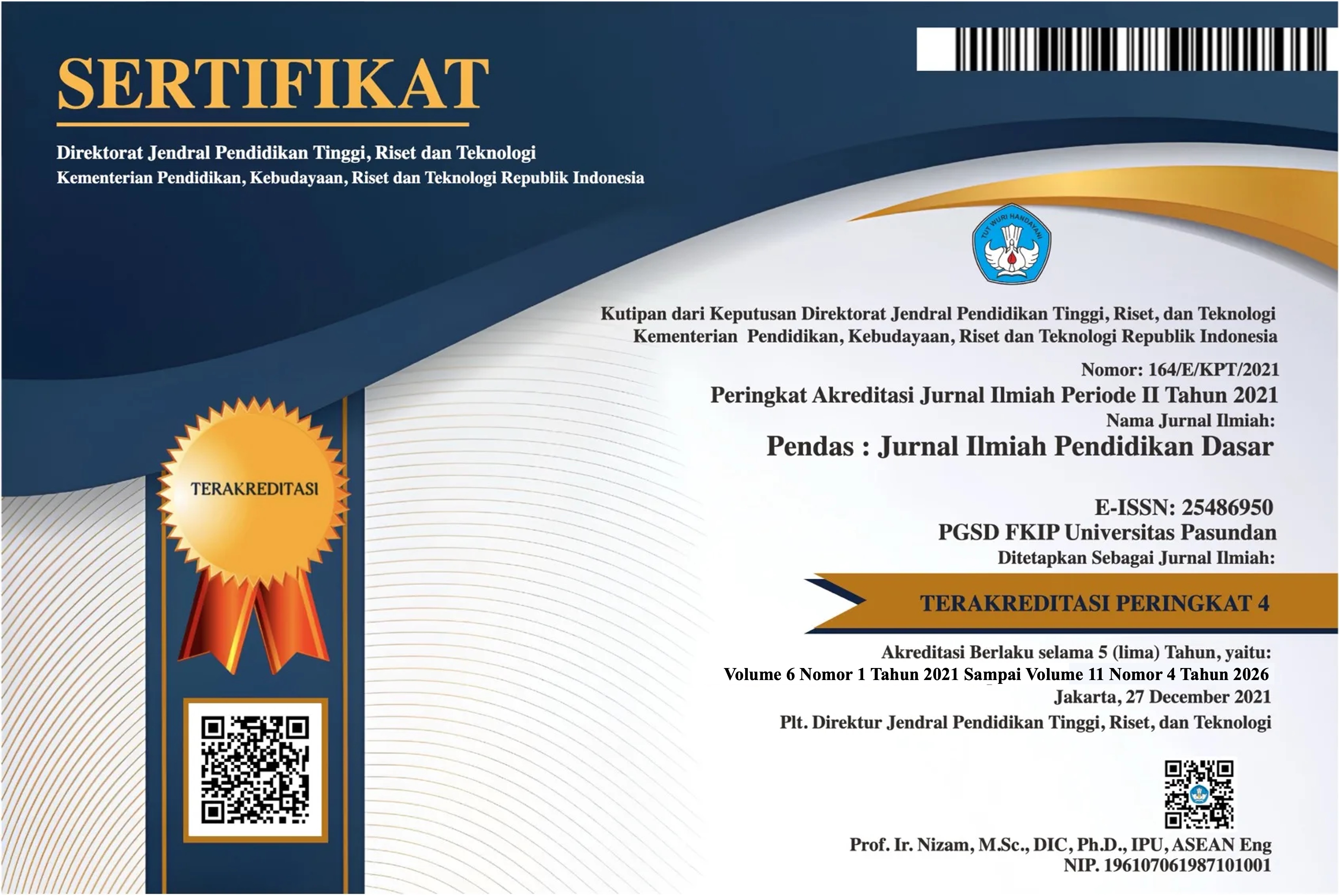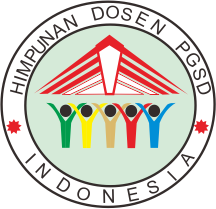WILLINGNESS TO COMMUNICATE OF EFL LEARNERS AT SENIOR HIGH SCHOOL: CHALLENGES AND STRATEGIES
DOI:
https://doi.org/10.23969/jp.v9i04.20317Keywords:
Willingness to Communicate (WTC), Challenges and Strategies, Senior High School, EFLAbstract
The Study of Willingness to Communicate (WTC) has an important role in language learning, in this context English as Foreign Language (EFL. Research on students’ WTC has been researched by other researchers with different variables. The research on students’ WTC in the context of English language learning in the classroom. The participants of this study were twelfth grade students.to collect data, the researcher used the instrument of observation sheet, questionnaire and interview. This study aims to find out what factors influence students’ WTC and how these factors can affect students’ WTC in the classroom. The data questionnaire were analyzed using SPSS and interview results were analyzed grouped what factors affect students’ WTC and the challenges and strategies applied. The result obtained students’ WTC has reached the level based on the heuristic model of WTC developed by (MacIntyre et al., 1998). The result proved that the factors that affect students’ WTC were work in group, sex interlocutor, topics, personality, seating location, given score, perceived speaking opportunity, task type and classroom atmosphere. The result showed that these factors can be challenges and strategies in learning English as EFL related to students’ WTC.
Downloads
References
Ali, M., Shahriar, A., & Pathan, H. (2016). Willingness to Communicate in L2: A Perception of Pakistani University Students. EFL Annual Research Journal SALU, 13, 65-82. https://doi.org/https://www.researchgate.net/publication/295545319
Amalia, S. N., Asib, A., & Marmanto, S. (2019). Indonesian EFL Learners' Willingness to Communicate in the Instructional Context. Indonesian Journal of EFL and Linguistic, 4(2), 215-228.
Anwar, I. W., Jee, M. J., Adam, S., & Sailuddin, S. (2021). willimgness to communicate and its influencing factors among indonesia pre-service teache. Journal of Languages and Language Teaching, 9(4), 385-395. https://doi.org/hhtps://doi.org/10.33394/jollt.v%vi%i.4201
Anwar, K. (2016). working eith group-tasks and group cohesiveness. International Education Studies , 9(8), 1-7. https://doi.org/doi:10.5539/ies.v9n8p105
Barjesteh, H., Vaseghi, R., & Sena, N. (2012). Iranian EFL learners' willingness to communicate accross different context- and reciever- types. Canadian Center of Science and Education , 2(1).
Bernales, C. (2016). Towards a comprehensive concept of Willingness to Communicate: Learners' predicted and self-reported participation in the foreign language classroom. 56, 1-12. https://doi.org/https://doi.org/10.1016/j.system.2015.11.002
Creswell, J. W., & Creswell, J. D. (2018). Research design . SAGE Publications.
Fahim, A., & Dhamotharan, M. (2016). Willingness to Communicate in English among Trainee Teachers in a Malaysian Private University. Journal of Social Sciences, 105-112. https://doi.org/DOI: 10.3844/jssp.2016.105.112
Fallah, N. (2013). Willingness to Communicate in English, Communication Self-Confidence, Motivation, Shyness, and Teacher Immediacy among Iranian English-Major undergraduates: A Structural Equation Modeling Approach . Learning adn Individual Differences, 140-147.
Farhani, A. R., Binsasi, Y. N., & Handayani, A. (2020). English-speaking issues towards Indonesia senior hogh school students. 3. https://doi.org/https://prosiding.esaunggul.ac.id/index.php/snip/article/view/63
Hashimoto, Y. (2022). motivation and willingness to communicate as predictors of reported L2 use: the Japanese EFL context. SEcond Language Studies , 2(20), 29-70.
Hoang, V. Q., & Bui, H. P. (2023). Encouraging EFL students willingness to communicate inside Vietnamese High School classroom: teachers' strategies and students' beliefs. Applied Research on English Language, 12, 30. https://doi.org/DOI: 10.22108/ARE.2022.134674.1968
Huseyin, O., Demirezen, M., & Pourfeiz, J. (2014). Willingness to Communicate of EFL Leraners in Turkish Context. Learning Indivuals and Differences, 269-275.
Jia, X. (2013). The Application of Classroom Interaction in English Lesson. International Conference on Education Technology and Information System (ICETIS 2013), 209-212.
Khanh, T. V. (2016). some strategies to promote students' willingness to communicate in second language classroom: a case of English education students at Can Tho Univerisity. 1-47.
Khank, T. V. (2016). some strategies to promote students's willingness to communicate in second language classroom: a case of English education students at Can Tho University. 47. https://doi.org/http://dx.doi.org/10.13140/RG.2.1.3127.5126
Khoiriyah, F., & Ciptaningrum, D. S. (2020). The Relationship Between Willingness to Coomunicate and English Language Proficiency. Advances in School Science, Education and HUmanities Research , 461, 1-6.
Li, C., Dewaele, J.-M., Pawlak, M., & Kruk, M. (2022). classroom enviroment and willingness to communicate in English: the mediating role of emotions experienced by university students in China. Language Teaching Research, 1-22. https://doi.org/https://doi.org/10.1177/13621688221111623
MacIntyre, P. D., Dornyei, Z., Clement, R., & Noels, K. A. (1998). Copceptualizing Willingness to Communicate in a L2: A Situational Model of L2 Confidence and Affiliation . The Modern Langauge Journal , 82(iv), 546-562.
Macintyre, P., Conrod, S., & Clement, R. (2021). Willingness to Communicate, Social Support, and Language-Learning Orientations of Immersion Students. Studies in Second Language Acquisition, 369-388. https://doi.org/DOI: 10.1017/S0272263101003035
Mackey, A. (2016). Second Language Research Metodology and Design. Routledge.
McCroskey, J. C., & Baer, J. E. (1985). Willingness to Communicate: The Construct and Its Measurement. 1-11.
Ningsih, S. K., Narahara, S., & Mulyono, H. (2018). An Exploration of Factors Contributing to Students; unwillingness to communicate in a foreign language across indonesian secondary schools. International Journal of Intruction, 11(4), 811-824.
Riasati, M. J. (2012). EFL Learners’ Perception of Factors Influencing Willingness to. World Applied Sciences Journal, 17(10), 1287-1297.
Riasati, M. J., & Rahimi, F. (2018). Situational and Individual Factors Engendering Willingness to Speak English in Foreign Langauge Classroom. Cogent Education , 5(1513313), 1-15. https://doi.org/10.1080/2331186X.2018.1513313
Rihardini, A. A., Yaniafari, R. P., & Mukminatien, N. (2021). Students' Willingness to Communicate Using English: A Survey Study. Paramasastra Jurnal Ilmiah bahasa Sastra dan Pembelajarannya, 8(1), 75-94.
Said, M. M., Rita, F., HM, S. A., Basri, H., & Weda, S. (2021). EFL Students’ Willingness to Communicate in Online Learning at Higher Educationin Indonesia. 7(5), 340-346. https://doi.org/10.5281/zenodo.4818789
Saidah. (2021). EFL Learners' Willimgmess to Communicate Language Learning Orientation, and Social Support in Kampung Pare. Eralingua: Jurnal Bahasa Asing dan Sastra, 5(1), 64-76.
Tuyen, L. V., & Loan, T. T. (2019). Factors Affecting EFL Students’ Willingness to Communicate in Speaking Classes at the Vietnamese Tertiary Level . International Journal of English Literature and Social Sciences (IJELS), 4(2), 252-262. https://doi.org/https://dx.doi.org/10.22161/ijels.4.2.10
Yousef, R., Jamil, H., & Razak, N. (2013). Willingness to Communicate in English: A Study Malaysian Pre-Service English Teachers. English Language Teaching, 6(9), 205-216. https://doi.org/10.5539/elt.v6n9p205
Zeng, M. (2010). Chinese Students' Willingness to Communicate in English in Canada. Electronic Theses and Disserations, 1-266. https://doi.org/https://scholar.uwindsor.ca/etd
Hodgson, J., & Weil, J. (2011). Commentary: how individual and profession-level factors influence discussion of disability in prenatal genetic counseling. Journal of Genetic Counseling, 1-3.
Fariq, A. (2011). Perkembangan dunia konseling memasuki era grobalisasi. Pedagogi, II Nov 2011(Universitas Negeri Padang), 255-262.
Downloads
Published
Issue
Section
License
Copyright (c) 2025 Pendas : Jurnal Ilmiah Pendidikan Dasar

This work is licensed under a Creative Commons Attribution 4.0 International License.



















